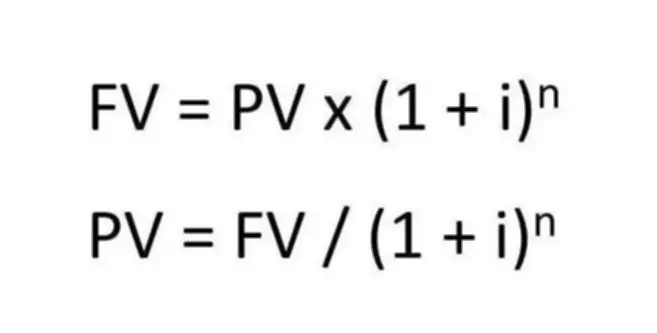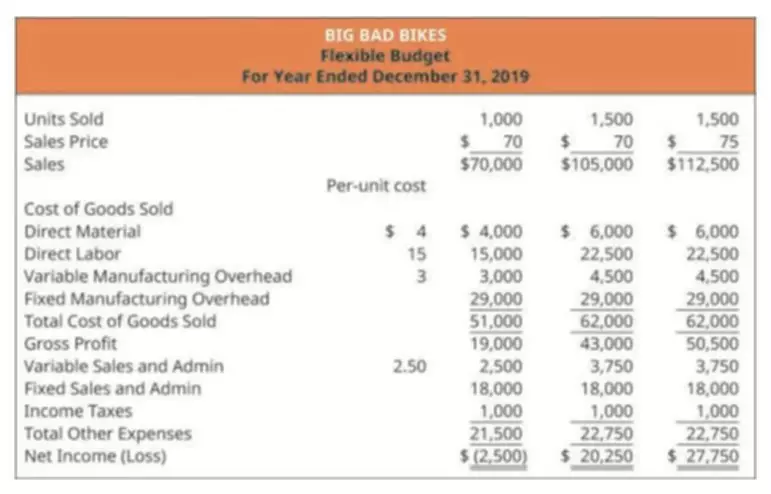Straight Line Depreciation: How To Calculate & Formula
Content

With the straight line depreciation method, the value of an asset is reduced uniformly over each period until it reaches its salvage value. Straight line depreciation is the most commonly used and straightforward depreciation method for allocating the cost of a capital asset. It is calculated by simply dividing the cost of an asset, less its salvage value, by the useful life of the asset. Assets are expensive items that are purchased for the business that are expected to last multiple years.

The tax law or regulations of the country specifies these percentages. Capital allowance calculations may be based on the total set of assets, on sets or pools by year or pools by classes of assets… straight line depreciation Sum-of-years-digits is a spent depreciation method that results in a more accelerated write-off than the straight-line method, and typically also more accelerated than the declining balance method.
Straight Line Depreciation: What You Need to Know
Daniel is an expert in corporate finance and equity investing as well as podcast and video production. Estimate the useful life of the asset, meaning, how long it is expected to be in service. Some assets experience accelerated obsolescence in their early years, such as computers and vehicles. Some assets are more correctly depreciated based on output, input or usage. The formula for straight-line accounting requires a mix of empirical data and reasonable estimates. Note how the book value of the machine at the end of year 5 is the same as the salvage value. Over the useful life of an asset, the value of an asset should depreciate to its salvage value.
- When you calculate the cost of an asset to depreciate, be sure to include any related costs.
- For economic depreciation, see Depreciation and Fixed capital § Economic depreciation.
- Depreciation has been calculated on Straight Line Method on the assets acquired/installed upto 30th June, 1986 at the rates prevailing at the time of acquisition or installation of the said assets.
- Straight-line depreciation is calculated by dividing a fixed asset’s depreciable base by its useful life.
- After the financial statements are distributed, it is reasonable to learn that some actual amounts are different from the estimated amounts that were included in the financial statements.
Sometimes entities have a policy to charge full depreciation in the year of acquisition even if it wasn’t available for whole year but no depreciation is charged in the year of disposal. Entity can even design a policy to charge no depreciation in the year purchase but full depreciation in the year asset is salvaged.
Related articles
According to straight line depreciation, the company machinery will depreciate $500 every year. Is the estimated time or period that an asset is perceived to be useful and functional from the date of first use up to the day of termination of use or disposal. A company building, for example, is being used equally and consistently every day, month and throughout the year.
- Finally, this depreciation method is not appropriate and should not be used when an asset has a shorter expected economic life than the tax life of the asset, which is typically 7 years.
- It is calculated by dividing the difference between an asset’s cost and its expected salvage value by the number of years it is expected to be used.
- A common system is to allow a fixed percentage of the cost of depreciable assets to be deducted each year.
- The calculation is straightforward and it does the job for a majority of businesses that don’t need one of the more complex methodologies.
- There are some assets like how to calculate cash flow, investments, etc., that do not lose value quickly.
- The most important difference between this formula and other common depreciation formulas is the denominator.
Sign up to receive more well-researched small business articles and topics in your inbox, personalized for you. Eric Gerard Ruiz is an accounting and bookkeeping expert for Fit Small Business. He completed a Bachelor of Science degree in Accountancy at Silliman University in Dumaguete City, Philippines.
Depreciable basis
Is the initial purchase or construction cost of the asset as well as any related capital expenditure. Contra AccountContra Account is an opposite entry passed to offset its related original account balances in the ledger. It helps a business retrieve the actual capital amount & amount of decrease in the value, hence representing the account’s net balances. Are reduced by $ and moved to the Property, plant, and equipment line of the balance sheet.
To use the straight-line depreciation, determine the expected economic life of an asset. Depreciation shall be calculated annually based on Straight Line Method and at rates specified in Annexure-8 of these regulations for the assets of the generating station and transmission/distribution system VI. Accounting 10 Tax Deductions To Do Now That Will Save Your Small Business Money This Tax Season Are you unsure about which business expenses to write off in order to save your money? Here’s a list of tax deductions your small business can write off. Any asset that brings value to the company tends to lose its worth as time passes. Understanding and calculating asset depreciation might be a hassle, however, and it’s always a good idea to outsource your bookkeeping needs to an industry leader like Fincent.
Straight Line Method (Depreciation) – Explained
This article is about the concept in accounting and finance involving fixed capital goods. For economic depreciation, see Depreciation and Fixed capital § Economic depreciation. For the decrease in value of a currency, see Currency depreciation.

Some intangible assets are also depreciated as they tend to lose value as time passes. There are some assets like how to calculate cash flow, investments, etc., that do not lose value quickly. Straight-line method calculates depreciation expense in relation to time instead of actual use of asset. The depreciation charge from one period to the other will be same as the cost of the asset, useful life of the asset and the length of each period remains constant.
They are able to choose an acceleration factor appropriate for their specific situation. The straight-line method of depreciation is the most common method used to calculate depreciation expense. It is the simplest method because it equally distributes the depreciation expense over the life of the asset. Depreciation is a way to account for the reduction of an asset’s value as a result of using the asset over time. Depreciation generally applies to an entity’s owned fixed assets or to its right-of-use assets arising from finance leases for lessees. Straight line depreciation is the easiest depreciation method to calculate.
The 150% declining balance method is an accelerated depreciation method that uses 1/2 of 1/3 of the total basis as 1 year’s worth of depreciation, which reduces your deduction at a faster rate than MACRS. This is another form of accelerated depreciation, and it can be used with any depreciation method. The reason why small and big companies alike use the straight-line method is the ease of calculations. You need to calculate the depreciation amount once and keep reducing it from the asset’s value. You can quickly get away with all the complex calculations involved in calculating depreciation using the other depreciation methods. Note that the account credited in the above adjusting entries is not the asset account Equipment. Instead, the credit is entered in the contra asset account Accumulated Depreciation.
Straight-line Method of Depreciation
Let’s say Spivey Company uses the straight-line method for buildings, using a useful life of 40 years. Now you, as the accountant, have determined that even at the end of 40 years, the buildings will have a salvage value equal to 10% of the original cost in addition to whatever value the underlying land might have. Two less-commonly used methods of depreciation are Units-of-Production and Sum-of-the-years’ digits. We discuss these briefly in the last section https://quickbooks-payroll.org/ of our Beginners Guide to Depreciation. If we are using Straight-line depreciation, the first and the last year of the asset’s useful life would see a half-year depreciation. Year-end$70,000 1, ,00010,00060,0001, ,00021,00049,0001, ,00033,00037,0001, ,00046,00024,0001, ,00060,00010,000 Depreciation stops when book value is equal to the scrap value of the asset. In the end, the sum of accumulated depreciation and scrap value equals the original cost.
- When a fixed asset’s obsolescence is simply the result of time passing, straight-line depreciation is an appropriate method.
- Like every other business, your purchase assets will have to be written off over the years.
- A significant change in the estimated salvage value or estimated useful life will be reported in the current and remaining accounting years of the asset’s useful life.
- Now depending on the type of fraction we will adjust the depreciation expense.
- Depreciation is any method of allocating such net cost to those periods in which the organization is expected to benefit from the use of the asset.
























































